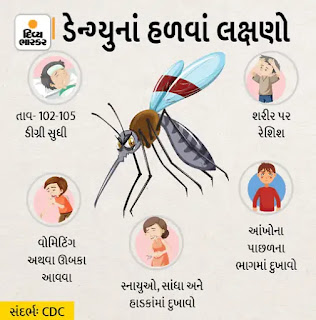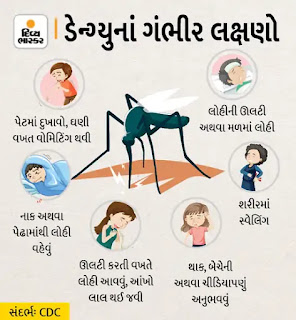
About Dengue::::
The dengue virus is the cause of dengue fever, a tropical illness spread by mosquitoes.After infection, symptoms usually appear three to fourteen days later. A high fever, headache, nausea, joint and muscular discomfort, and a distinctive skin rash are some of the symptoms that may be present. It usually takes two to seven days to recover.A tiny percentage of cases progress to severe dengue, also called dengue hemorrhagic fever, which causes bleeding, low platelet counts, and blood plasma leakage, or dengue shock syndrome, which results in dangerously low blood pressure.
Also read ONGC Recruitment 2024

Key facts About Dengue
Dengue is a virus spread by mosquitoes.
In addition to causing flu-like symptoms, the infection can sometimes progress to severe dengue, a potentially fatal consequence.
In recent decades, dengue has become much more common worldwide. Approximately 50% of the world’s population is currently under danger.
Dengue is primarily found in urban and semi-urban locations across tropical and sub-tropical regions of the world.
In many Asian and Latin American nations, severe dengue is a major cause of severe sickness and mortality in children.
Although there is no specific therapy for dengue or severe dengue, death rates are reduced to less than 1% with early discovery and access to quality medical care.
Effective vector management methods are essential for both preventing and controlling dengue.
Prevention and control
- Currently, the primary strategy to manage or stop the dengue virus’s spread is to fight vector mosquitoes by:
- limiting mosquitoes’ access to areas where eggs are laid by environmental alteration and management;
Also read GSRTC bhuj Recruitment 2024

eliminating man-made habitats and appropriately disposing of solid trash;
weekly cleaning, emptying, and covering of household water storage containers;
putting the proper insecticides on outdoor water storage tanks;
usage of personal household protection measures, such as window screens, long sleeves, repellents, materials treated with insecticides, coils, and vaporizers (because mosquitoes bite during the day, these precautions must be followed at home and at work);
enhancing community engagement and mobilization for long-term vector management;
using space spraying of insecticides as a last resort for vector control during outbreaks;
To ascertain the efficacy of control measures, active vector monitoring and surveillance should be conducted.

IMPORTANT LINK::::
Key facts Of Chikungunya
A virus called chikungunya spreads to humans through infected mosquitoes. It results in fever and excruciating joint pain. Muscle soreness, headache, nausea, exhaustion, and rash are further symptoms.
Joint pain can vary in duration and is frequently incapacitating.
In regions where dengue and zika are prevalent, the illness may be misdiagnosed since it shares similar clinical symptoms with both.
The disease has no known cure. The goal of treatment is to alleviate the symptoms.
Chikungunya is significantly increased when human habitation is close to mosquito breeding grounds.
Africa, Asia, and the Indian subcontinent are where the disease is most common. However, a significant outbreak in 2015 impacted a number of nations in the Americas.
